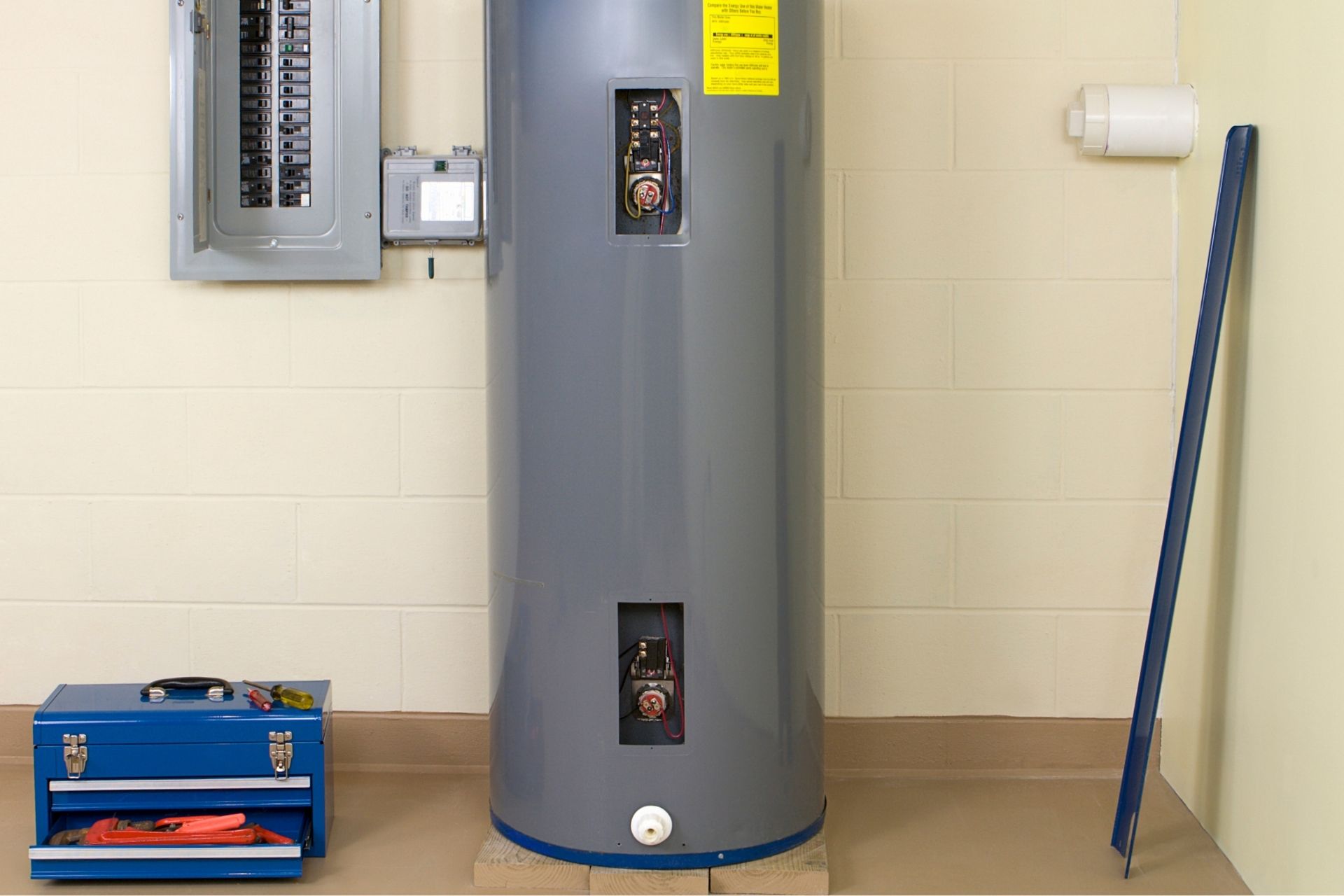How do you feel on the subject of What Kind of Maintenance Do Water Heaters Need??

Warm water is vital for everyday comfort, whether it's for a refreshing shower or washing meals. To guarantee your hot water system runs efficiently and lasts longer, routine upkeep is crucial. This short article supplies functional pointers and insights on just how to maintain your home's hot water system to stay clear of disturbances and costly repair services.
Introduction
Preserving your home's warm water system could appear daunting, however with a few simple actions, you can guarantee it operates smoothly for several years to come. This guide covers every little thing from comprehending your hot water system to DIY maintenance suggestions and knowing when to employ expert assistance.
Value of Keeping Your Hot Water System
Regular maintenance not just expands the lifespan of your hot water system but likewise guarantees it runs successfully. Disregarding upkeep can bring about reduced effectiveness, higher energy expenses, and also early failing of the system.
Signs Your Warm Water System Needs Upkeep
Understanding when your hot water system needs attention can prevent significant concerns. Keep an eye out for signs such as inconsistent water temperature, weird sounds from the heating unit, or rusty water.
Recognizing Your Hot Water System
Prior to diving into upkeep tasks, it's practical to understand the fundamental elements of your warm water system. Generally, this includes the water heater itself, pipelines, anode poles, and temperature level controls.
Monthly Upkeep Tasks
Regular monthly checks can help catch minor issues before they escalate.
Purging the Water Heater
Purging your water heater removes sediment accumulation, enhancing efficiency and prolonging its life.
Checking and Replacing Anode Rods
Anode poles avoid corrosion inside the storage tank. Inspecting and changing them when worn is critical.
Evaluating and Changing Temperature Level Settings
Adjusting the temperature setups makes sure optimal efficiency and safety.
DIY Tips for Upkeep
You can carry out numerous maintenance tasks on your own to maintain your hot water system in top problem.
Looking for Leaks
Regularly examine pipes and connections for leakages, as these can cause water damages and higher bills.
Testing Pressure Relief Valves
Evaluating the pressure relief valve ensures it functions correctly and protects against extreme pressure buildup.
Shielding Pipelines
Shielding warm water pipelines lowers warm loss and can save power.
When to Call a Specialist
While do it yourself upkeep is advantageous, some issues call for specialist knowledge.
Complex Concerns Needing Professional Aid
Instances include significant leaks, electric issues, or if your hot water heater is continually underperforming.
Routine Specialist Maintenance Conveniences
Professional upkeep can consist of thorough examinations, tune-ups, and making certain conformity with security criteria.
Conclusion
Normal maintenance of your home's warm water system is necessary for efficiency, longevity, and cost savings. By adhering to these pointers and understanding when to look for expert assistance, you can ensure a reliable supply of hot water without unexpected disturbances.
How to Maintain an Instant Hot Water Heater
Before tinkering with your hot water heater, make sure that it’s not powered on. You also have to turn off the main circuit breaker and shut off the main gas line to prevent accidents. Also turn off the water valves connected to your unit to prevent water from flowing into and out of the appliance. 2. When you’re done, you have to detach the purge valves’ caps. These look like the letter “T†and are situated on either side of the water valves. Doing so will release any pressure that has accumulated inside the valves while at the same time avoid hot water from shooting out and burning your skin. 3. When the purge valves’ caps are removed, you have to connect your hosing lines to the valves. Your unit should have come with three hoses but if it didn’t, you can purchase these things from any hardware or home repair shops. You can also get them from retail stores that sell water heating systems. Read the user’s manual and follow it to complete this task properly. When the hosing lines are connected, open the purge port’s valves. 4. You should never use harsh chemical cleaners or solutions when cleaning your unit. Make use of white vinegar instead. It should be undiluted and you’ll probably use about 2 gallons. 5. Now flush your water heater. This task should probably take about 40 minutes. We can’t give you specific directions for this because the procedure is carried out depending on the type, model and brand of your heater. With that being said, refer to the user’s manual. 6. When you’re done draining the unit, you have to turn off the purge port valves again. Remove the hosing lines that you earlier installed on each of the water valves. Put the valve caps (purge port) back in their respective places and be very careful so as not to damage the rubber discs that are found inside these caps. 7. Now that everything’s back in place, check your user’s manual again to find out how to reactivate your water heating system. 8. Once it is working, turn one of your hot water faucets on just to let air pass through the heater’s water supply pipes. Leave the tap on until water flows smoothly out of it. https://www.orrplumbing.com/blog/2014/september/how-to-maintain-an-instant-hot-water-heater/

Do you like more info about Tips on Maintaining a Water Heater? Give a remark down the page. We would be pleased to see your reactions about this blog posting. We are looking forward that you come back again later on. For those who enjoyed reading our blog posting plz remember to pass it around. Thank you for being here. Don't hesitate to pay a visit to our website back soon.
Estimating